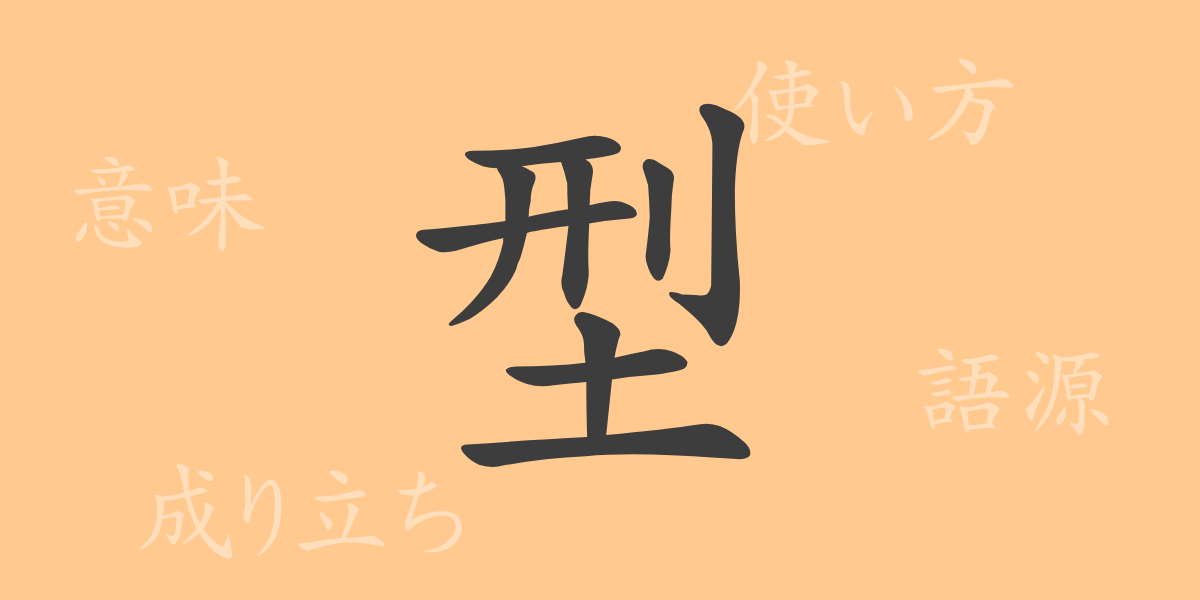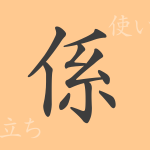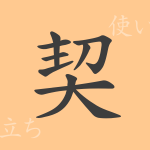The power of a single kanji character lies deeply in the imagery and history it evokes. Among the commonly used kanji in Japanese, “型(かた)” is a crucial character that appears in various aspects of our lives and carries diverse meanings. This article delves into the origins of “型(かた),” its meanings, usages, readings, stroke count, radicals, and explores idiomatic expressions and proverbs involving “型(かた).” Join us as we uncover the full scope of this multifaceted character.
Origin of 型(かた) (Etymology)
The kanji “型(かた)” originates from the concept of molds used in casting metal or clay, known as “模(も)型(けい).” In ancient China, molds were used to melt metal and shape it into a specific form, giving birth to this character. Over time, it evolved to denote the basic shape or style that forms the foundation of various things.
Meanings and Usages of 型(かた)
The kanji “型(かた)” refers to both physical shapes or frameworks and abstract templates or styles. For instance, expressions like “型(かた)にはまる” (fitting into a mold) and “型(かた)を破(やぶ)る” (breaking the mold) indicate typical methods or norms. Meanwhile, terms like “型紙(かたがみ)” (pattern paper) and “鋳型(いがた)” (casting mold) signify physical molds.
Readings, Stroke Count, and Radical of 型(かた)
The kanji “型(かた)” reflects its rich meanings in its readings and structural elements.
- Readings: The on’yomi (Chinese reading) is “ケイ,” and the kun’yomi (Japanese reading) is “かた.”
- Stroke count: “型(かた)” is composed of 9 strokes.
- Radical: The radical is “土(つち),” with the character “刑(けい)” added as a phonetic component, indicating both meaning and sound.
Idioms, Expressions, and Proverbs Using 型(かた)
Many idioms, expressions, and proverbs feature “型(かた),” showcasing the richness of Japanese expression. Here are a few examples:
- 型破(かたやぶ)り: Not conforming to established norms or conventions.
- 手本型(てほんがた): A standard form or template for performing tasks.
- 出来型(できがた): A pre-existing mold or something that has taken a definite shape.
- 型にはまる: Being typical or unoriginal.
- 型にはめる: Making someone conform to specific norms or rules.
Conclusion on 型(かた)
The kanji “型(かた)” signifies shapes and frameworks, influencing our actions and thought patterns. From physical molds to abstract norms, the broad range of meanings encompassed by this single character supports the diversity of Japanese expression. In both daily life and business, “型(かた)” is an indispensable element for understanding and progressing in various endeavors.

























